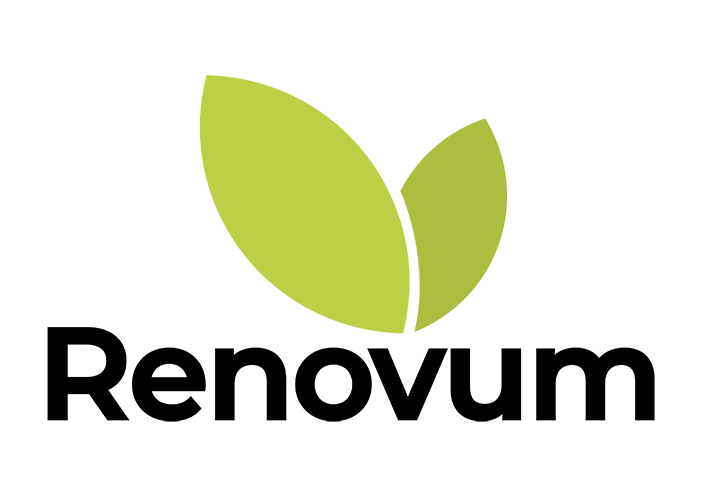Grow Guide

How to Feed Plants
Plants respond optimally to regular, balanced fertiliser applications. It is tempting to sporadically apply high analysis dry formulas or unbalanced liquid products, such as at planting. However, this results in inefficient fertiliser delivery and resultant economic loss due to potential volatilisation and leaching, as well as plant assimilation and growing medium accumulation issues.
In addition, elemental ratios must be tailored to individual crop type and phenological stage. One-size-fits-all formulas are sub-optimal. Maximum yields necessitate uniquely designed products.
Accordingly, Renovum products are all uniquely designed to provide unrivalled precision in each chosen crop and phenological stage.
Crop Grow Guides
Soil fertiliser applications must be carefully monitored and adapted through soil and leaf analyses. Soil profiles and characteristics vary far too widely to provide precise fertigation guidelines. However, Foliar application rate guidelines remain consistent independent of growing medium, but may be required less frequently in soil than substrate systems due to differences in growth rates.
Foliar vs Fertigation
Both Foliar and Fertigated fertilisers have unique benefits, it is not so much about choosing one application method over the other, but rather employing them both properly. Primarily plants should be fed through their roots, in which the highest density of specialised ion carriers are located. Optimal root nutrition cannot be substituted and is the basis for high yields and low disease levels. However, there are circumstances in which Foliar applications can be superior to Fertigation.
Fertigation should be applied as a complete ionic solution during every irrigation event in substrate production, and at regular intervals in soil plantings. Fertigation allows nutrients to follow the field irrigation pattern and because plant roots will grow where the water is, nutrients are applied effortlessly to the root zone with high efficiency. Fertigation limits leaching and volatilisation by applying manageable amounts of nutrients, direct to the root zone, resulting in higher yields and lower input costs than broadcast applications.
On the other hand, Foliar applications are sometimes best for certain nutrients such as Calcium, as well as for overcoming unfavourable growing media conditions, such as pH discrepancies or root zone ion imbalances. Foliar applications result in the direct uptake of nutrients to the leaves and require a far lesser concentration of solution than Fertigation, increasing fertiliser efficiency. Often during times of intense generative demand, the physiological capabilities of the root mass is overwhelmed, resulting in sub-optimal yields and vigour. This is a unique scenario in which Foliar applications are superior to Fertigation, providing a distinctive benefit that root assimilation cannot. Foliar applications can also be used in the rapid correction of elemental deficiencies, or to help overcome root damage and disease.
It should be noted that there are difficult leaf charge gradients to be overcome when applying Foliar fertilisers, that is why every single purpose made Foliar product offered by Renovum contains superior natural complexing (eXo). eXo improves uptake markedly by wrapping the element in a protective coating that neutralises ionic charge, overcoming the leaf charge gradient, while keeping the molecule small enough to be absorbed through leaf pores.
Extra Tips
Irrigation Management
In substrate, start fertigating 1-2 hours after sunrise and finish 1-3 hours before sunset, depending on season and temperature.
Allow substrate to dry back (within reason) overnight.
Almost every single substrate fertigation event should result in some run-off (e.g 2%, 5%, 10%, 20%, 30% – not the last few events with 90% run-off to achieve drain target).
Aim for the first substrate fertigation event to result in media saturation and the second to result in a small amount of run-off.
The highest frequency of fertigation events should take place during peak water demand (generally 65% of evapotranspiration occurs between 10am and 4pm).
EC can be reduced slightly during this time to maintain optimal root zone salt levels.
In soil, also start fertigating 1-2 hours after sunrise and finish 1-3 hours before sunset, but remember rates and frequency are lessened vs substrate and are dependent on soil and leaf analyses.
In soil, the use of tensiometers can be beneficial in optimising fertigation intervals.
Foliar Applications
The optimal time to foliar feed is 1-2 hours after sunrise followed by late afternoon and early evening, temperatures are usually acceptable during these periods (below 24°C).
If possible, aim for total coverage of leaves (underside and top).
Foliar sprays should be as fine as possible without excessive drift.
Foliar fertilisers are usually best applied as a slightly acidic solution (around pH 5.0 -5.8).
Generally, spray volumes should be around 800-1200 L/Ha in protected cropping.
At Renovum we believe strongly in the sharing of information and expertise with our growers, we are delighted to help growers with our top-quality products and knowledge.
We wish you all the best in your endeavours.


